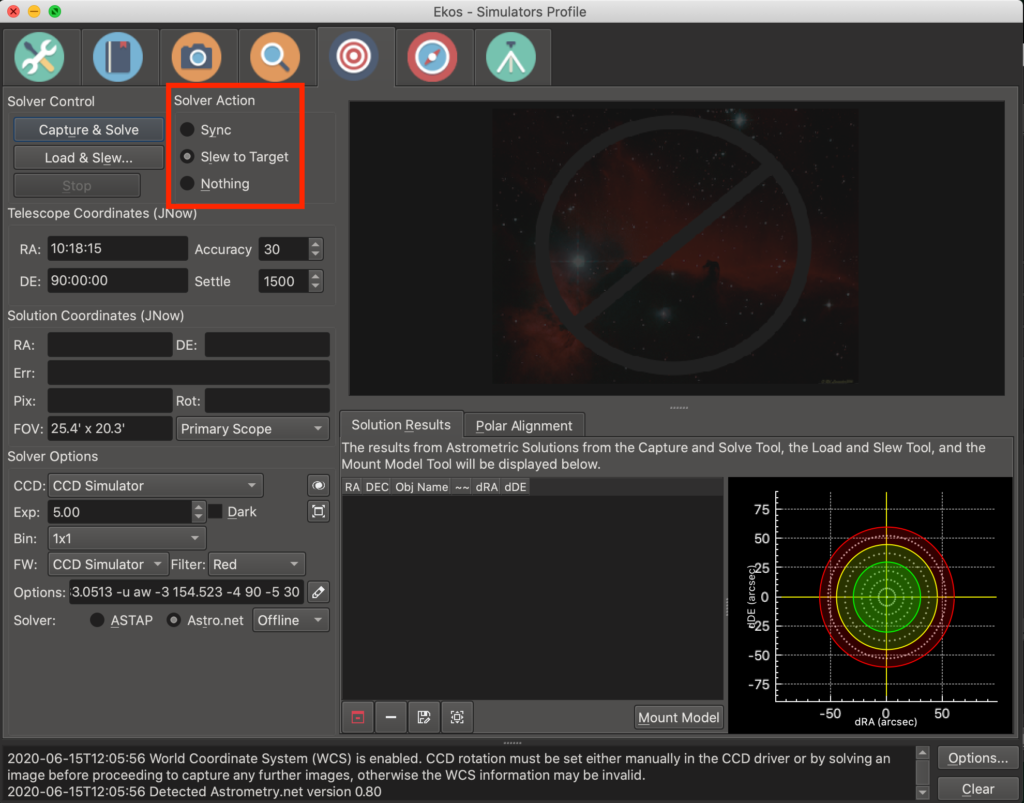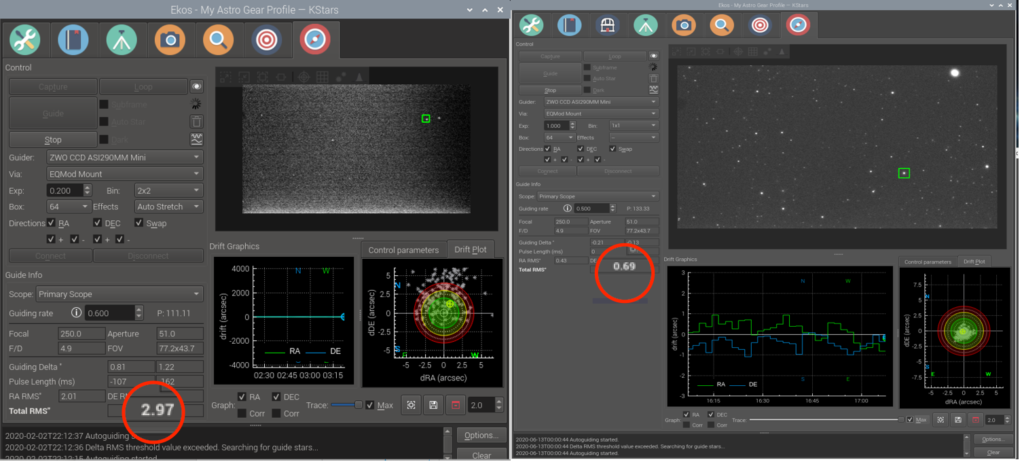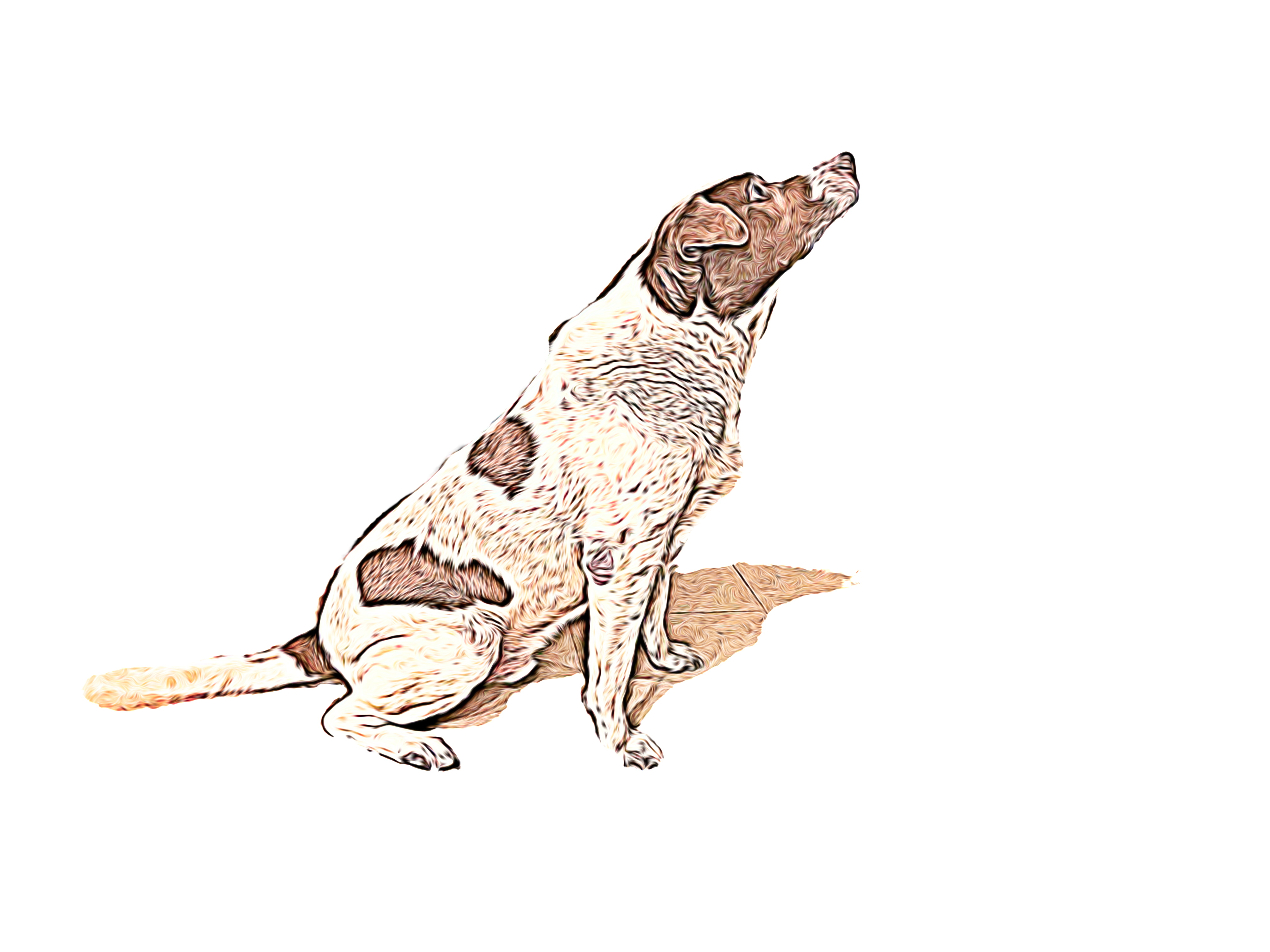Last updated on February 27th, 2022 at 09:06 pm
Last session ended in failure with the new filter wheel greatly increasing the amount of back focus. I ran out of focuser travel which stopped my last session. I found an M48 to M42 small adapter and had to wait another 2 days while amazon shipped the adapter. With all the new equipment installed, tonight was the first test run with everything. Would require several new pieces of equipment to be integrated with EKOS and kStars to include the Focuser, Filter Wheel, USB Hub, Mount, Adapter, and Weather API.
Start of the evening did not start off great as I had inconsistent connection problems with the WiFi. I am not sure if the Raspberry PI was have power problems as several components are being powered through a Hub.
Lesson #1: Most of the equipment has external 12V power supplies so I ended up moving the filter wheel and ASI290 mini guide camera to direct connection in the Raspberry USB ports and moved the Mount, Main Camera, and EAF to the Hub since these components had external power supplies to the hub.
At the same time the WiFi connection to my home network dropped and the Astroberry server defaulted back to Hotspot mode. So with the two above adjustments the system became more stable. I will need to debug which of these adjustments made the change however we proceeded through the evening.
I had plugged the mount into the battery pack and I started to get a flashing light indicating the mount was under powered in a test run in house earlier in the week. I purchased an AC adapter from Amazon which was capable of supplying 5A at 12V. This will be slightly less efficient for the battery moving from 90% to about 85% so it might impact the time I have but we will measure this as we get more time on the system. I received the adapter and plugged it in and flashing light indication were gone.
Auto Focus Attempt #1
With the system stable and EKOS able recognize everything I was able to move on to the next step which was to get the focus. The guide camera is now set and do not need to adjust the focus on that system. I transitioned to the main camera and using the auto focuser to get it into focus. I ran into several problems with getting the focuser enough time to finish.
Lesson #2: Need the mount to track rough to enable enough time for the focuser to track the star.
Rough Polar Alignment
Since I could not get the focuser enough time to complete the auto focus measurement I needed to enable tracking on the mount. So I moved to getting a rough polar alignment done. This is much easier with the SkyWatcher HEQ5 Pro compared to my AZ-GTi. The new mount includes an illuminate polar scope directly incorporated into the mount and the adjustments are much more stable and accurate than the small wedge I installed on the AZ-GTi system. So I moved Polaris onto the main circle in the reticle. I did not bother to get it accurate on the correct spot of the wheel at this time as this should give me enough time to get back into the focus adjustments.
Auto Focus Attempt #2
Now that the mount was rough polar aligned I un parked the mount and moved the mount to a location where I could make out some stars. At this time of year the clouds roll into the area right after dark and disappear around 11-12pm so I have some challenges getting all this going. With a good star field I started the auto focus. Now the zoomed in star was staying place and the graph was accurately adjusting the focus and the system was able to complete. Awesomeness complete. Based on the conditions I was able to get and HFR around 0.56!
Fine Polar Alignment
The fine polar alignment will be done with EKOS polar alignment process and plate solving. I now had all the file for Astrometry loaded into the Pi so was looking forward to a much faster solving result which was about 90 seconds before to hopefully less than 15 seconds now. I was able to point the main camera towards Polaris and then enabled the polar alignment process. This will enable the mount and main camera through 3 rotations to measure the alignment process. The local plate solving proved it muscle here and the polar alignment process is much shorter. Since I was able to rough polar alignment the correction vector I received at the end of the polar alignment was much smaller than I was use to performing with the AZ-GTi and the adjustments on the mount are smooth as butter. With my first adjustment I was able to get to about 5-6 arcminutes. So I then proceeded to perform another fine polar alignment within EKOS. This is where I would find out how stable this mount was going to be. My past experience with AZ-GTi would give different correction vector results every time I completed the polar alignment. After the alignment completed a second time I saw a very small correction vector which was comparable to where I stopped on the first run. Once again another great success for the evening!
Sync’ing the Mount with kStars
So this is where I spent most of the night. I was getting some weird movement from the mount and forgot some of my workflow with the AZ-GTi. Worked for about an hour trying to get the mount to make the correct movement.
Lesson #3: Instead of “Slew to Target” radio button being selected I needed to the “Sync” radio button.
This would get kStars and the mount synced up. After I figured out this step the mount and kStars were in lock step with each other.

Pointing at a Target
Now with the mount polar aligned and sync’ed with kStars planetarium I am able to point the camera where I like very accurately. So most of my sky is occulted by clouds this evening so I found a clear piece of sky and would work with the North American Nebula as my target. I search and selected the North American Nebula and told kStars to point at that target. This went without a hitch.
Guiding
This was the most anticipated part of the evening. Would I be able to guide on a star for 10 min. So I selected a star near the center of the FoV and enabled guiding with EKOS. The mount went through a calibration process and locked on the star. The guiding accuracy is amazing and bar none significantly better than the AZ-GTi.

Right: HEQ5 Pro w/ Rowan Mod RMS error: 0.69 arc seconds
Taking Pictures and the filter wheel
Focused on the North American Nebula, I enabled a 10 min sub on the H-Alpha filter. The filter wheel was easiest of all the components and only required me to update the filter configuration in the settings to align the filters to the correct spot numbers. The guiding and tracking of the star went without a hitch and the 10 min sub was completely successful. I tried to enable multiple subs however I would get a break in tracking occasionally with the seconds sub. This will be the focus of next night out and will try to enable the sequence generator which will re-sync the mount, focus, and reenable star guiding between subs instead of manually programming the camera.
Overall
Evening was a tremendous success. Learned a few lessons along the way but the performance of the new equipment is much greater than old rig and I look forward to continued learning experiences with the new mount.
Checklist
- Rough Polar Align. Use Astroberry Polar Alignment Slider to get Polaris correct location on the alignment ring.
- Verify Guide Camera Focus
- Unpark mount and Enable Sidereal Tracking
- Auto Focus Main Camera
- Fine Polar Alignment
- Sync Mount with kStars
- Point to desired target
- Enable Guiding
- Start picture sequences
